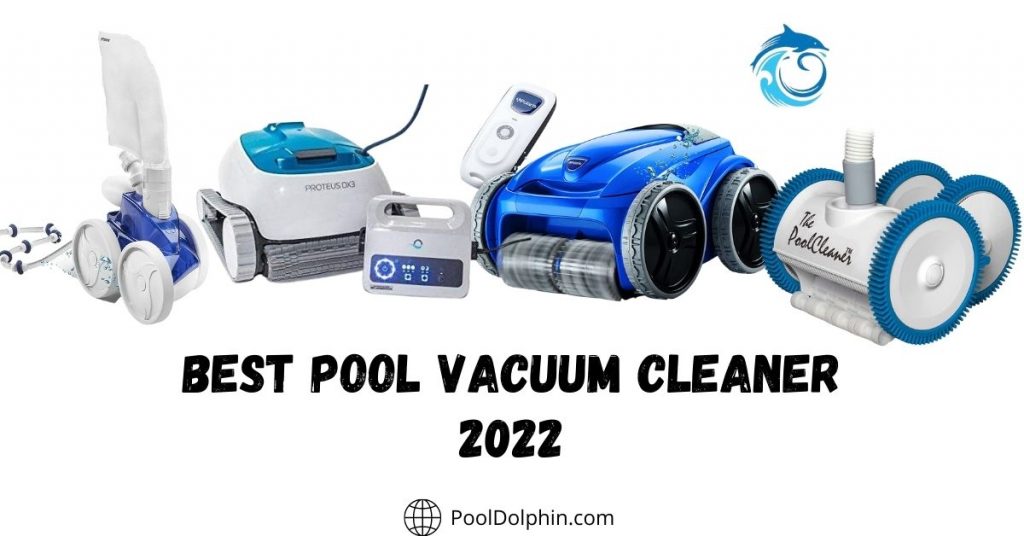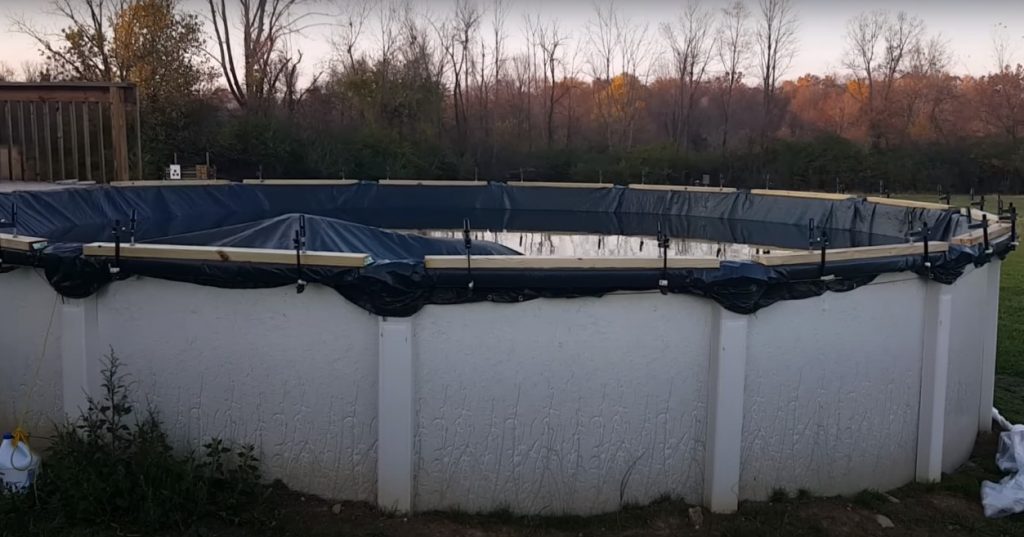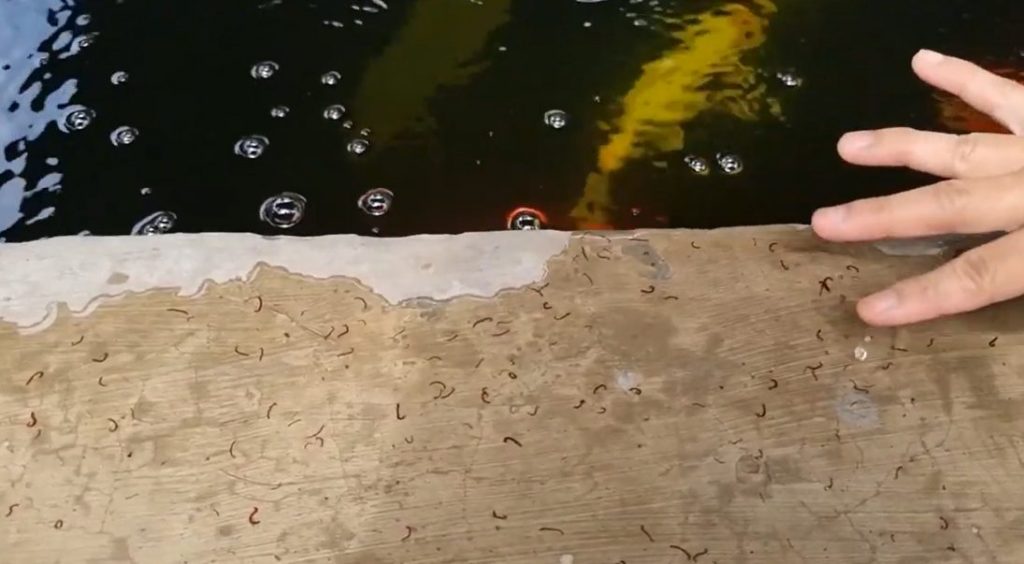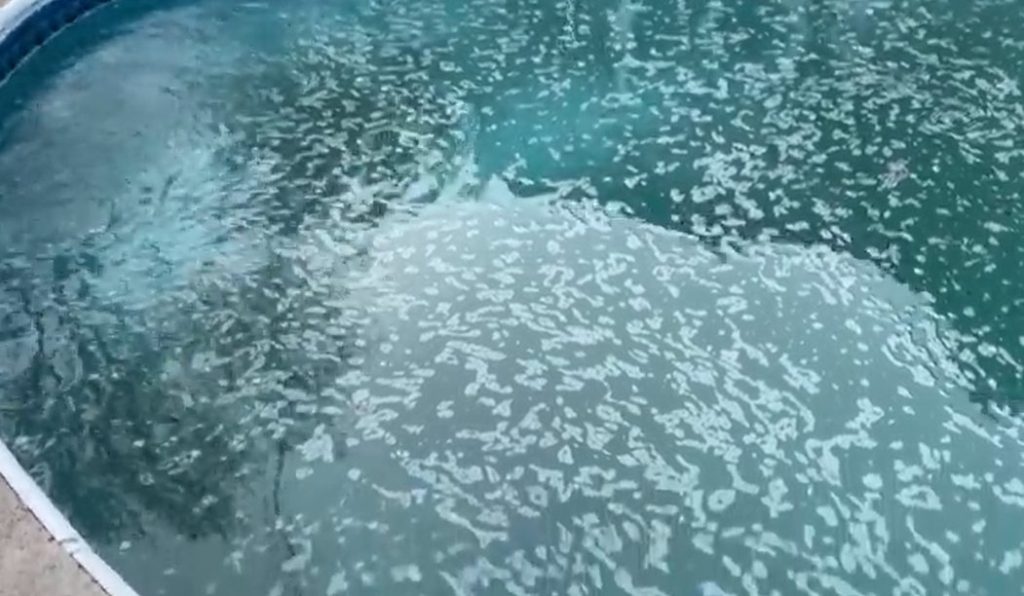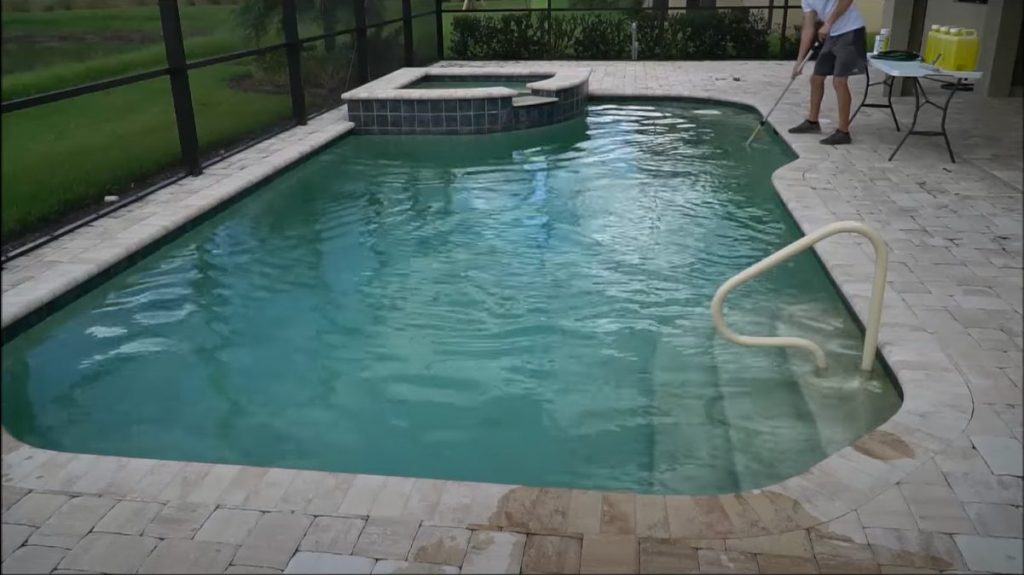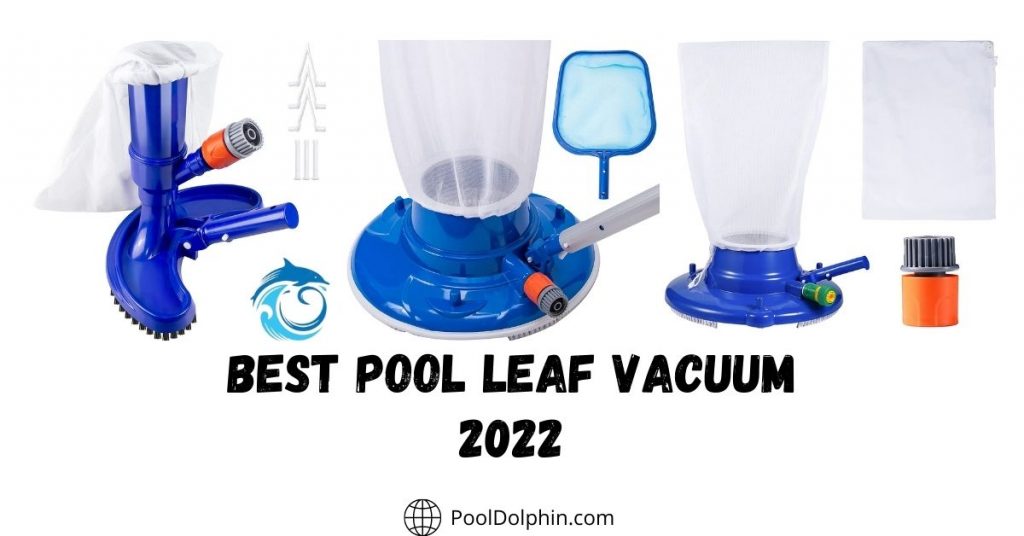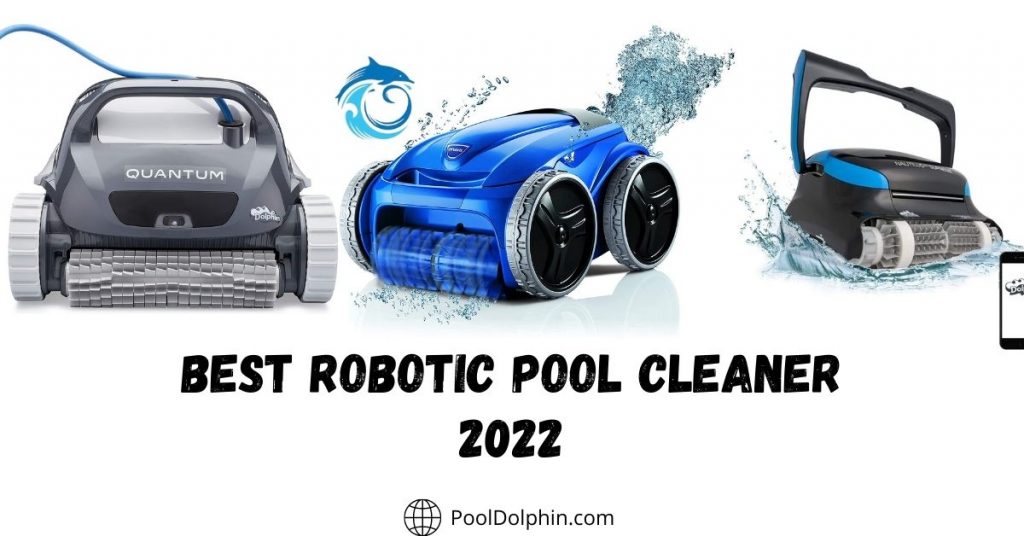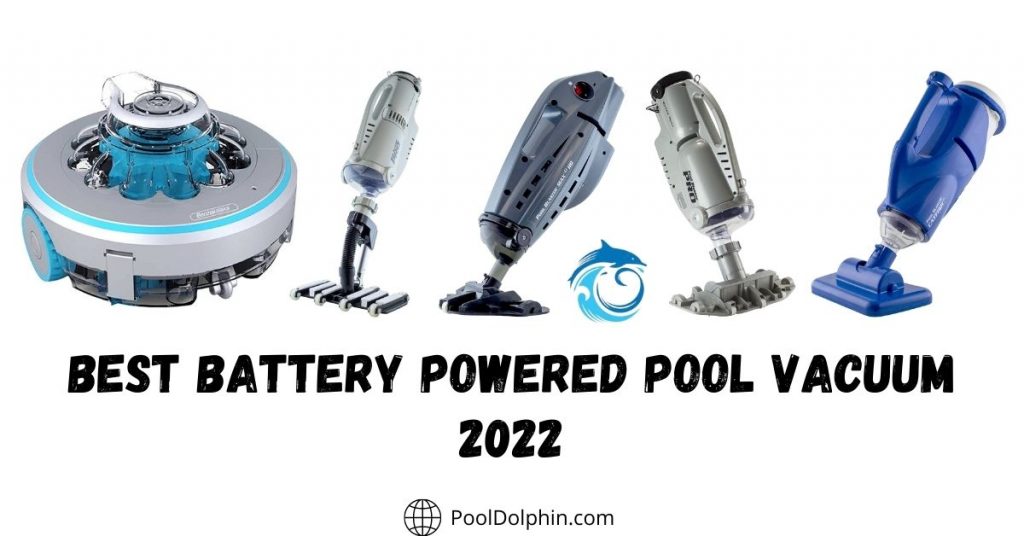Below we’re providing a useful step-by-step guide on how to properly drain an above ground pool by yourself. Although it is possible, there are many different things that could go wrong with this process.
so be sure to use everything you read here as a guideline only and not as the most effective way of doing things.
Need to drain your above ground pool? Maybe it’s full of nasty, stagnant water. Or maybe you need to completely take it down for the season or make emergency repairs. Either way, you’ll need to drain some or all of the plumbing from your swimming pool.
And if you’ve never drained your pool before, doing it the wrong way can damage your swimming pool plumbing system from clogs and backups or even worse: the whole thing can collapse.
Why you should need to drain an above ground pool
There are few reasons to drain above ground pool, like when fixing its leakage, for repairing. Its depends on your pool size and your need. Either drain the water partially or completely. Its may different situation either mostly or full drain the water.
1- To Keep The Chemical Balance
Good looking pools require constant care, and even with the best maintenance, there’s still the potential to see buildup of total dissolved solids (TDS). TDS are compounds that make up pool water and come from all the different chemicals you use to keep it clean.
You’ll know if your pool has build-up when your TDS level is 2,500 ppm or higher. At this level, some serious water changes will be needed to get back in balance.
Another reason to replace some of your pool water? Your Cyanuric Acid (CYA) levels are too high. In order for your CYA levels to go down, you’ll need to partially drain your pool and replace it with fresh water.
2- To Make Structural Repairs
You probably don’t have to empty your above ground pool when it comes time to repair its vinyl pool liner. In fact, you can perform many minor repairs underwater, including patching and repairing your pool’s vinyl surface.
However, if you need to replace or repair the very lining of your pool’s actual shell then expect to have to drain the pool of all its water first.
3- To Store Your Pool For The Winter
If you live in a cold climate and have a smaller above ground swimming pool, you might need to drain and store it during the winter. Not only will this protect your pool from freezing temperatures, but storing your pool in the season may be required to preserve your warranty.
How To Prepare Your Above Ground Pool for Draining
Before drain your above ground pool, you have to prepare some thing
- Have a water disposal plan. If you’ve drained your pool for any reason, check with your city or town about how to eliminate the water without it getting into storm drains. Many areas won’t allow rainwater runoff and pool water to run into their drainage systems, so it’s best to call a professional contractor to install a French drain system around your home.
- Bring down your pool’s chemical levels. Before draining your pool this summer, make sure you are not going to be releasing water loaded with chemicals into the environment. Drain and test your water for chlorine levels and then check with your local/state authorities on what other chemicals.
- Wait for mild, warm weather. Depending on where you live, the laws may be different for draining your swimming pool. Typically though it is advised to wait until a clear day where there are no strong winds.
- Otherwise, depending on if temperatures in your surrounding area reach up to roughly 84 degrees Fahrenheit (29 degrees Celsius), it would be best to drain your pool once it is not too hot.
- Rather than just removing the water from the outside of the swimming pool, it’s important to make sure all of the chemicals are similarly drained at a fast pace as well so that there isn’t any damage sustained to or around your pool liner.
- Turn off pumps, filters, heaters and automatic timers. If you are going to drain your pool, make sure that the automatic timers on all of your pool equipment are turned off before doing anything else.
- Automatic timers can be set at “swim mode”, at which point they will turn on your system so long as there is a certain water level remaining. If you happen to drain too much water out of the pool,
- it will dip below the skimmer line and cause the pump to turn on. If a pump were to overheat during this situation it could potentially ruin the motor or burn out completely.
- Plan to stay near your pool when it drains. Your pool should always be supervised when draining or refilling. It will take 8 to 14 hours to drain using a pump, and 4 to 10 hours using a hose. Keep in mind that in addition to the time for the process itself,
- you’ll also have to allocate time for completing other tasks like cleaning up afterward by sweeping away debris, changing the filters and/or skimmers, vacuuming the water and replacing water underlayment if needed
3 Methods to drain an above ground pool
There are three ways to drain an above ground pool: using your garden hose, using a submersible pump, or using the pool’s underground drain adapter.
When you own a pool, it is important that you know how to empty it so as to perform routine maintenance repairs. If you only need a small amount of water drained from the pool, an easy solution would be to siphon it out with a garden hose.
However, many times larger amounts of water need to be removed and for this there are several methods based on your needs. For example if the large amount of water comes from an in-ground pool lower than ground level or by draining a swimming pool’s skimmer box or pump chamber.
Just below the water surface level there are specialized pool drain pump accessories that assist with removing these pools completely. These are generally easier and will also cost less than various other alternatives such as hiring professional assistance.
How to Drain an Above Ground Pool Without A Pump
If you want to keep things simple, go low-key and only partially drain your pool. You can use a garden hose in this alternative approach to make the draining process easier.
It will take you some time because it doesn’t use a pump, but this do-it-yourself (DIY) method means you won’t need to buy or rent any equipment.
Siphon Method

You can actually use a hose and a bit of know-how to drain the pool of water. you’re used to dipping into the stove every now and then. To begin, submerge the entire end of the hose in the pool and make sure to hold onto both ends to prevent air from coming out.
Once all of the air bubbles cease at both ends of the hose, this signals that it is filled with water. Next, place one hand over one end of the hose but don’t let go just yet. Next, hold that same end downwards on a lower level of pool water.
when you uncover the other end which is on ground. water should siphon out from the hose. It may takes some time because this process is bit slow.
How to Drain an Above Ground Pool With a Sump Pump
Using a sump pump is the fastest way to drain your pool. Sump pumps don’t require any pumping, unlike the garden hose that extra time and effort.
If you need to drain your pool every year, buying a sump pump could be worth it because you know it will last longer than using a garden hose over several years of draining different pools. However, if you only need to use one every once in awhile, then renting may also work out by saving money in return.
It is essential to make sure that your sump pump power cord is long enough to reach the bottom of your pool. If it is not, you can use an extension cord, but it needs to be heavy duty and able to handle the electricity load.
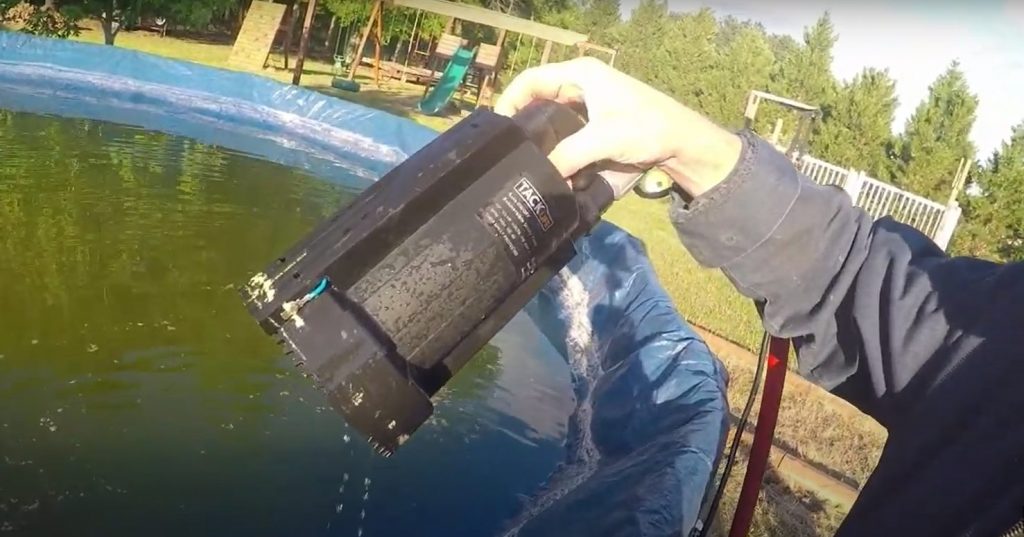
Attach the garden hose to your sump pump. Find your water port cover and open it (this is usually in the ground in your front yard near a water spigot). Place the sump pump underwater in the middle of your pool floor.
Make sure that if you are using an extension cord, it is safely secured. Turn on your water source at the house (that’s if you have a switch that allows this).
Monitor your pump carefully to make sure there aren’t any problems, and make sure you don’t place the pump near any objects that might puncture it. Once all is well, turn off the switch at home and enjoy.
How to Drain an Above Ground Pool With a Drain Adapter
If you have an intex swimming pool, it is a good idea to get the drain adaptor that can be used during the end of swimming season.
This allows you to drain water out of the pool which helps to walk away any dust or dirt inside of it. With this adaptor, your water will flow out directly into a hose when value is opened up.

First, connect your end of the hose to garden hose on the bottom of your pool (where it meets the ground). Now take the other end of your hose and place it in a strategic location away from the pool where it won’t drain into an adjoining yard or a storm drain.
Note that if you have a large capacity above-ground pool, you may want to consider using an automatic 10 Foot Garden Hose .
How to Refill Your Above Ground Pool
If your pool needs repairs or fresh water added, don’t plan on leaving it empty too long. Sunlight and weather conditions can damage the liner of an empty pool, so do your best to fill the pool back up with water as soon as possible. Consider using multiple garden hoses to fill it more quickly.
FAQs About How to Drain an Above Ground Pool
How long does it take to drain an above ground pool?
It can take anywhere from 8 to 14 hours to drain a pool, depending on how large it is and whether or not you use a garden hose or a sump pump. It is important that no one be left unsupervised while the sump pump is draining.
What’s the fastest way to drain an above ground pool?
Using a submersible pump is the fastest way to drain your pool, but you will still have to monitor it and make sure it is connected to where you need it otherwise, you might as well just use a garden hose siphon instead. While not nearly as quick, the siphon is still an inexpensive.
How do I drain my above ground pool without a pump?
You can drain your Above ground pool using a regular garden hose and creating a siphon. It will just take much longer than using a sump pump and the siphon will start to slow down as your pool’s water level gets low.
Can I drain my pool with my pool pump?
Never utilize a pool pump to discharge an above ground swimming pool. The air brought into your pumps line will damage or even break it down. Always use a submersible swimming pool pump to discharge your above ground batch of water.


